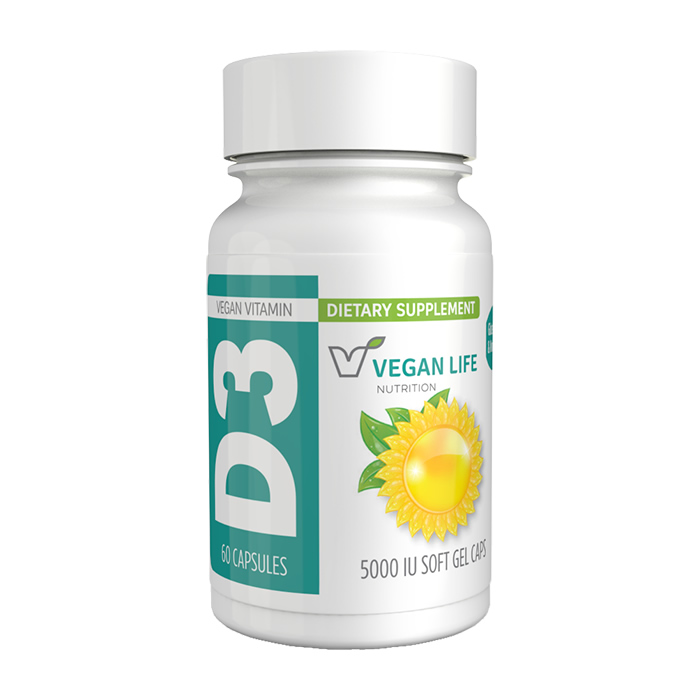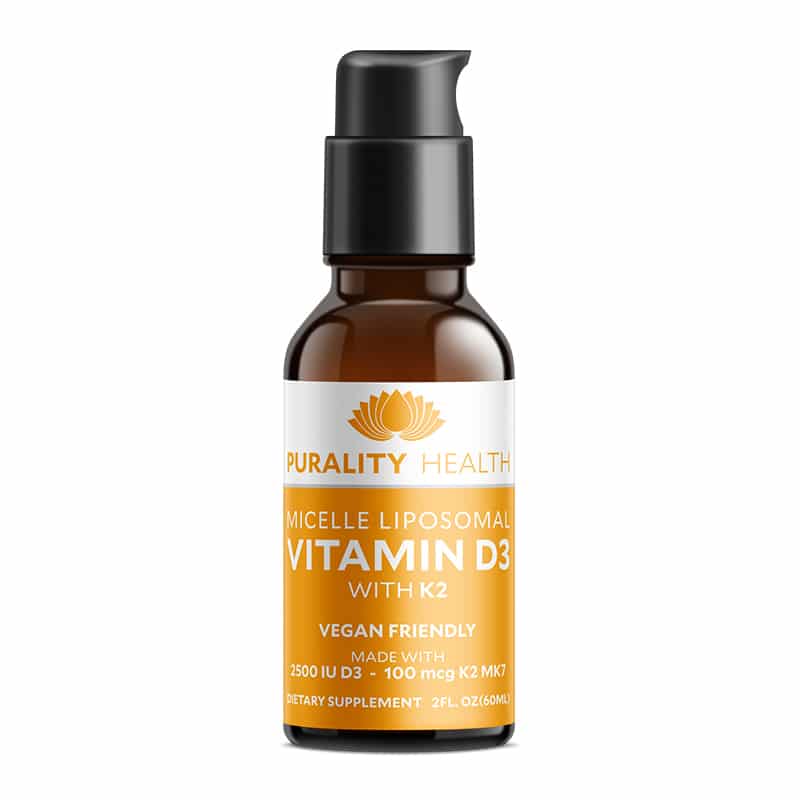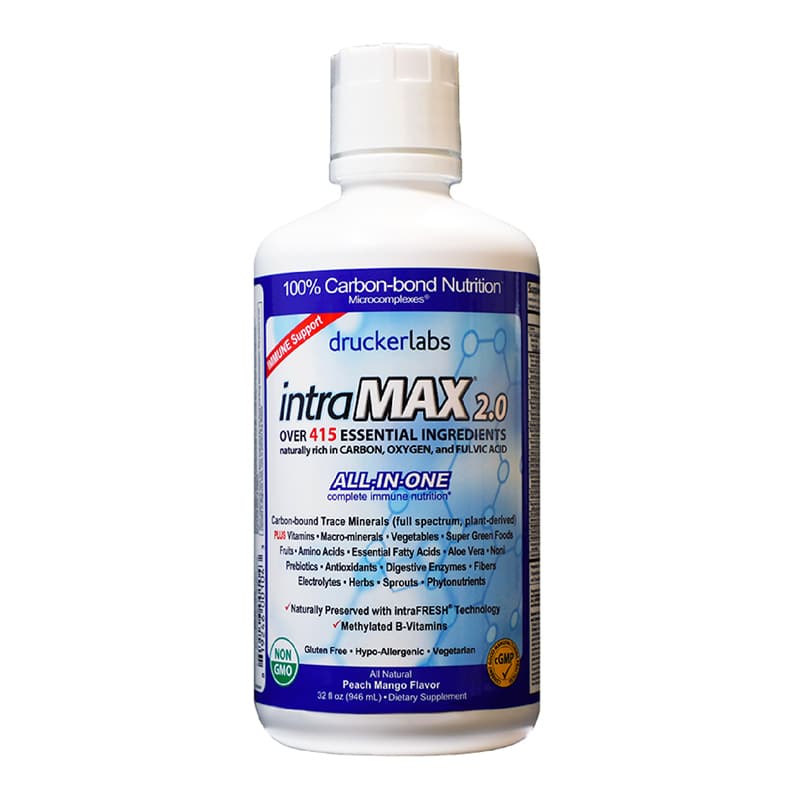No products in the cart.
Fat Soluble Vitamins – Part 1
I like to think about vitamins and minerals as Power Rangers – they each have their own special ability and power, but they only work effectively when united with the rest of the team. In my mind, this is how synergy works. But of course, this vitamin synergy is only effective in a certain environment. We generally divide vitamins into two main groups – water soluble and fat-soluble. It is pretty self-explanatory that fat-soluble vitamins have to be ingested along with some high quality fatty acids in order to perform their specific superpowers. Isolated supplementation of fat-soluble vitamins without the actual fat takes us back to the expensive urine we talked about: In Defense of Nutrients. We all are aware of the fact that micronutrients like vitamins and minerals exist and that we should get a variety of them in certain ratios (at least that is what recommended daily allowances or RDA suggests), but many of us have no idea how to include them in our diet effectively. Popping vitamin pills while staying on the Standard American Diet is not going to cut it. Quite to the contrary, foods included in the SAD might actually worsen your ability to properly store and use nutrients and lead to serious deficiencies.
Today, we are going to focus on two of the four most important fat-soluble nutrients. They help to regulate the immune system and are required to keep our metabolism, heart, and brain healthy. Dr. Sarah Ballantyne, in her amazing book The Paleo Approach, says that the optimal intake of fat-soluble vitamins is much higher than the typical RDAs. The truth is that RDAs are very general, one-size-fits-all numbers that do not take anyone’s specific needs and limitations into consideration (very similar to outdated BMI charts, where it doesn’t really matter if your weight is mostly fat or mostly muscle; you might be a very muscular, perfectly healthy person and still be considered obese by those absurd standards). If all people were perfectly healthy, lived in the same environment under the same circumstances, these general recommendations might apply well. But let’s be honest – we don’t share the same life challenges even with our spouses or children. Yes, we are all humans, and yes, our bodies function more or less the same, but the degree to which they are actually able to function differs very much. Not only diet choices deprive us of nutrients. It is also stress, allergies, food quality, and exposure to environmental toxins that causes variability in our needs from person to person. Low fat diets can particularly make our bodies deficient in these critical vitamins because fat is where they’re at.
Fat Soluble Vitamin A
Vitamin A or retinol is an extremely important nutrient for the human body, affecting many functions including thyroid function, cell growth, skin health, vision, and reproduction. Vitamin A also regulates gene expression and works as an effective antioxidant. Its special ability to support cell growth plays a critical role in the recovery and healing of tissues, organs, and bones. Vitamin A is essential for gut healing, as it supports mucosal barrier regeneration in the gut. Maintaining optimal levels of vitamin A is important for our immune health as it helps all cells to regenerate, including immune cells.
You might have heard of beta-carotene before. Beta-carotene is a precursor to Vitamin A, meaning that our bodies can convert a certain amount of beta-carotene into a certain (much smaller) amount of Vitamin A. You might also have been told that yellow, orange, and red vegetables like carrots are very rich in beta-carotene, and that you should eat them in order to meet your Vitamin A needs. Here is the truth: the food industry tends to label beta-carotene rich foods as rich in Vitamin A, but this is very misleading. The rate at which our bodies are able to convert beta-carotene into Vitamin A is very ineffective. As Nora Gedgaudas points out, it would require you to consume massive amounts of carrots to make a super small amount of Vitamin A (not even close to what your body needs every day), actually more carrots that you would physically be able to eat! She also notes that people who suffers from thyroid issues, Celiac disease, or diabetes have an impaired ability to convert beta-carotene into Vitamin A, and the same thing applies to children under the age of six. Next time you see a can of tomatoes labeled as rich in Vitamin A, don’t believe the hype, and don’t eat red vegetables for Vitamin A. Of course, there are many other important nutrients in your veggies, but Vitamin A is not one of them, and you should definitely get your daily dose from a source that includes high quality animal fat.
Grass fed liver is the best source of vitamin A – there is no other real food source richer than this organ meat. Turkey, goose, and lamb river are the best options, but chicken, pork, and beef are also packed with it. Always get the highest quality possible (grass fed for the ruminants, free range for the poultry sources). If you don’t like the idea of consuming animal liver, consider making a paté (I use this recipe to make a batch every other week and then spread it on cucumber or apple slices, but you can also use homemade gluten free crackers like these), or try a simple trick – grind your liver and mix it 50/50 with ground beef to make a meatloaf. Adding some aromatic herbs like thyme, sage, and rosemary (or all three – this is my favorite combo for liver dishes) will tune down the distinct taste of liver, and you might not even realize it is there. It is a perfect trick to use when trying to get your children onto the organ meat bandwagon. Another great trick for liver haters are frozen liver pills (I learned this trick from Lauren Geertsen), where you cut your frozen liver into small pieces (small enough for you to swallow easily on their own, or stuffed into a plain gelatin capsule); keep them in the freezer and just pop a few of them daily like you would regular pills. If you are interested in this method, please always make sure your liver is 100% grass-fed. A similar, easier, but more expensive option would be these Liver Pills by Vital Proteins.
Other great sources of Vitamin A are fully pastured meat, fatty fish like eel, sardines, or salmon, egg yolks, pastured ghee and butter (if you can tolerate dairy), emu oil and cod liver oil (always research the quality of the brand you are going to use, not all oil supplements are created equal. Read your labels, ask questions, and find yourself the best quality possible, like this one). Official RDAs for Vitamin A are very low, around 2,000 IU, but in fact, researchers have discovered that the most optimal dose that brings significant health benefits is between 30,000 – 50,000 IU daily. 3 ounces of the beef liver will provide more than 20,000 units, and two pastured eggs can yield a little over 5,000 IU. It is possible to overdose on vitamin A though, so please talk to your care team about the dose or amount that is right for you.
Fat Soluble Vitamin D
Of all the vitamins our body needs, Vitamin D is the best-understood and most studied. We still don’t understand all of it (just like with any miracle of nature), but we know for a fact that this superhero of the vitamin family is essential for the proper function of every cell in the body, inside and outside. Skin, tissues, bones, gut lining, organs, teeth, nails, hair – everything is affected by the presence of Vitamin D. A healthy immune system needs a particular amount of Vitamin D daily, and while the current RDA recommends about 600 IU, we actually need a lot more to thrive, especially when there is anything not quite right with our immune system. We recognize two types of vitamin D – hydroxyvitamin D (D2) and dihydroxyvitamin D (D3). The form that the human body needs is the latter, Vitamin D3. It is an activated form of Vitamin D, also known as cholecalciferol. There are many plant-based foods rich in Vitamin D, but it is exclusively the D2 version, that is not the essential vitamin we need. Our bodies can synthesize D3 from D2, similarly to beta-carotene and Vitamin A conversion. But the conversion doesn’t just happen in the body after eating a lot of greens – there are many factors to consider for the conversion. Our body can make Vitamin D3 from a combination of Vitamin D2, cholesterol, and exposure to UVB rays from the sun. We talked a lot about this process in our post about skin health, so be sure to look back for that information if you want to learn more.
Vitamin D3 acts like a steroid hormone in the body and controls everything from gene expression to mineral absorption, cell regeneration (steroid means building), and immune support. If you suffer from any kind of autoimmune condition, inflammation, or cancer, your body uses up your stored Vitamin D faster, so a carefully chosen level of supplementation might be needed, along with eating Vitamin D3 rich foods and getting enough sun exposure. Inadequate levels of Vitamin D in the body can cause the cell replication gene in our body to turn off, which raises the risk of melanoma or other cancers. The best food sources of Vitamin D3 are fully pastured pork fat (lard, you know we love our lard), beef tallow, bone marrow, organ meats (here is the liver again!), fatty fish, egg yolks, and poultry fat from larger birds. Emu oil is probably the best poultry fat source. D3 supplements that you consider should always include a fat carrier. Cod liver oil, emu oil, or sesame oil are good fats, but always make sure the supplement is the best quality possible.
Fragile oils have a tendency to oxidize quickly, so never buy those that come in a clear glass container. Search for dark glass or non-transparent plastic container (like this one), and don’t buy in bulk (unless you have a few friends or family members to share it with). Rancid oils are one of the worst things you can put into your body, so make sure your supplements are as fresh as possible and keep them in a cool, dark place. If you are wondering where the D3 in animal fat is coming from, the answer is simple: sun exposure. Free-range, pastured animals are exposed to the sunlight, just like you are when you take your clothes off and let the sunshine tan your skin. Animals that spend most of their day closed in a warehouse or a barn are missing the most important part of the equation – UVB rays from direct sunlight that make their meat and fat tissue rich in Vitamin D.
Many people, and even doctors, talk about prolonged sun exposure causing cancer (of course properly supported by pushing the most expensive sunscreen with high SPF to protect you from the UVB rays), but it is actually the lack of sunshine (and therefore not enough Vitamin D3 in the body) that can have cancerous effects. The evil rays we need to be protected from are the UVA, and traditional sunscreen, cheap sunglasses, and even the glass of your windows doesn’t offer any protection against these rays. What can and does protect us from the UVA damage is our own skin pigment called melanin. The amount of melanin in our skin is moderated by the exposure to UVB, and it is manifested as tanning. The darker our skin is, the more melanin we have and the more we are protected against the oxidative damage, collagen loss, premature wrinkles, and melanoma caused by UVA rays. Also, the darker your skin is, the more time in the sun you will need in order to get the proper amount of UVB rays to make optimal amounts of Vitamin D.
Covering your body with chemical sunscreen or tanning lotion will block your ability to receive UVB rays (that is why you don’t tan with a very high SPF), but your body will still be affected by the negative effects of UVA. Check out this great book The Vitamin D Solution by Dr. Michael Holick, if you want to learn more about the art of tanning and how much is enough (and safe), but his general recommendation is “half the amount of time it takes to sustain a slight pink sunburn that is noticeable twenty-four hours later.” This will, of course, vary from person to person. The UVB rays are actually the most effective between 10 am and 3 pm in areas most Americans, Canadians, and Europeans live. Your body can actually store Vitamin D for later, so even if you create a good supply in your own fat tissue over the summer, you will still be able to use that deposit in wintertime, when the sun is showing its face very sparingly (and less of your skin is exposed). Just remember, any type of immune condition increases your vitamin D needs. You can ask your care team to get tested for serum levels of hydroxyvitamin D3 a couple times a year to ensure you have enough all year round.
Supplemental vitamin D can accumulate in the body, which can cause toxicity. Check out this post from Chris Kresser to learn about how to avoid excess vitamin D overdose. Here is another very interesting fact (and another great example of how synergy works): Vitamin D protects the body from Vitamin A overdose, and Vitamin A does the same thing for Vitamin D. This basically means that as long as you consume both of these vitamins in their bioavailable form (from real food sources, along with healthy fats), you should be good to go. Many studies were done on fat-soluble vitamin toxicity, but they tend to be performed with isolated supplemental vitamins. But as we already know, nothing in the body works in a vacuum.
Up Next…
Next time, we are going to cover two more fat-soluble vitamins and some other nutrients that require dietary fat to be properly used by our bodies, because it is not just vitamins that run the show. Stay tuned for that, and meanwhile, be sure to check our guide to healthy fats, as well as these amazing books that cover fats, fat-soluble nutrients, and the importance of nutrient density in great detail: Primal Fat Burner by Nora Gedgaudas, The Big Fat Surprise by Nina Teicholz and Fat for Fuel by Joseph Mercola! Take your book outside and enjoy the sunshine so your body can catch some of that precious Vitamin D making sunlight!







